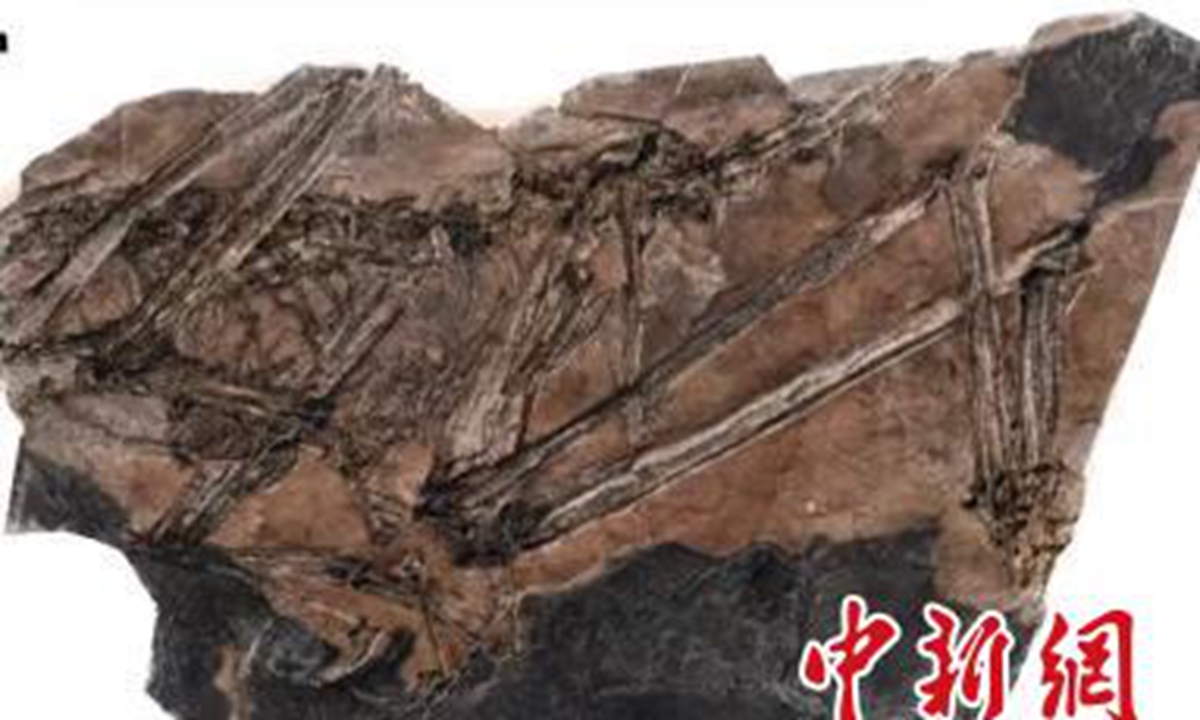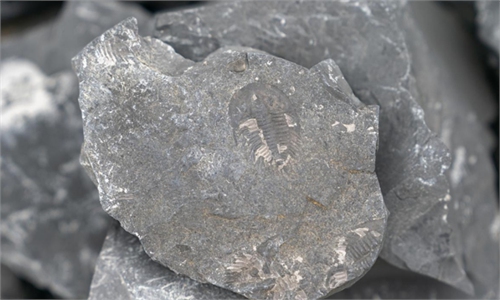ARTS / CULTURE & LEISURE
Fujianvenator: 'Bizarre' 150-million-year-old dinosaur fossil discovered in E.China

Photo: China News Service
Chinese paleontologists reaffirmed on January 11 that the significance of paleontological fossils, including the groundbreaking discovery of one dinosaur fossil dating back to around 150 million years ago, discovered in East China's Fujian Province.This Jurassic-era bird-like dinosaur, unearthed in the southernmost region of China, fills a significant gap in the understanding of Avialae evolution, and was officially named Fujianvenator prodigiosus, which means "Bizarre Fujian Dragon."
You Hailu, a research fellow from the Institute of Vertebrate Paleontology and Paleoanthropology (IVPP) of the Chinese Academy of Sciences (CAS), told the Global Times on Thursday this discovery is of paramount importance, stating that the Fujian Dragon is the first officially named dinosaur found in Fujian Province.
The academic community defines Avialae as "the most inclusive clade that includes all birds but not Deinonychus," while Aves refers to modern birds and their close relatives, according to the Xinhua News Agency.
The IVPP and the Fujian Institute of Geological Survey revealed on Wednesday that clues to these fossils were first identified by Fujian's regional survey team in the 1970s.
Subsequently, specimens including fish, turtles, and other fossils were collected. Experts from IVPP provided identification of these specimens, according to a report from China News Service.
You said that despite the initial discovery of numerous fish fossils in Zhenghe, Fujian, no four-legged vertebrate fossils were found initially, which puzzled researchers.
By revisiting the primitive field records from the 1970s and considering factors such as current geological conditions and strata angles, more details about the excavation site were identified.
Following exploration, IVPP conducted extensive excavations in 2022 and 2023, leading to successive discoveries.
You highlighted the significance of the find, noting that Fujianvenator prodigiosus represents a branch of theropod dinosaurs that evolved toward birds, placing it close to the origin of birds and referring to it as a "near-bird" dinosaur.
The geological layers housing the discovery are well-preserved. Observations of the specimens indicate that Fujianvenator prodigiosus had remarkably long hind limbs, suggesting it was good at running. Based on the strata analysis, it is hypothesized that these dinosaurs might have lived in swampy environments, explaining their elongated hind limbs.
You said that the fossil layer of Fujianvenator prodigiosus dates back approximately 150 million years, aligning closely with the era of the first birds. From the perspective of avian evolution, the "Bizarre Fujian Dragon" significantly contributes to filling a crucial gap in the understanding of the origin of birds.



